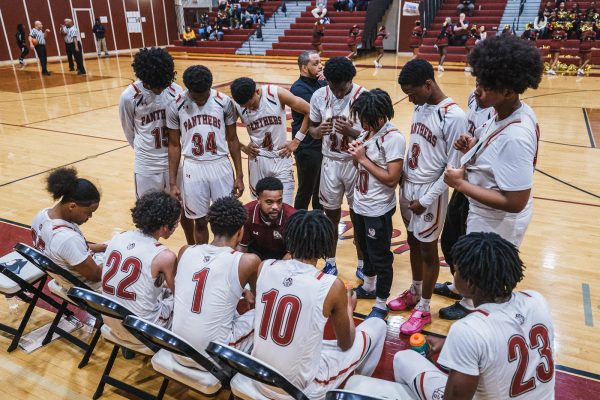Maryland’s Shift to the Big 10 the Right Move for Terps
The University of Maryland will be moving from the Atlantic Coast Conference (ACC) to the Big Ten (B1G) for the 2014 fall season. Many Maryland and ACC fans are disappointed and confused by the move, as Maryland has been in the ACC since it started in 1953 and people don’t want to see them leave.
Unfortunately for Maryland’s athletic department, it is tens of millions of dollars in debt. It had to cut seven sports in July 2012, including tennis and water polo. The money Maryland was making in the ACC, mainly from TV revenue, was not enough to reduce the debt. Maryland’s debt was only growing. The University’s move has pros and cons but, in my opinion, the pros severely outweigh the cons. The first, and most important, pro is the money. As previously stated, the athletic department is in huge debt. The B1G contract that Maryland is receiving will eventually get them out of debt. For example, the B1G has its own television network, creating more revenue for its schools than the ACC, which uses Raycom Sports, which has awful quality anyway. It is estimated that the B1G schools receive $7 million more annually through TV revenue than those in the ACC. Also, adding the Washington, D.C. and New York (Rutgers) markets is expected to bring in $100 to $200 million more in television revenue. Staying in the ACC would only increase their debt because Maryland was losing money. Another pro of the move is the football attendance will grow. Maryland fired head coach Ralph Friedgen three years ago because, although he won, he couldn’t get fans into the seats. Randy Edsall, the current head football coach, hasn’t done a great job filling the seats either. Traditional football powers such as Ohio State, Michigan, and Nebraska will help fix those attendance woes.
The first con, and perhaps the biggest argument against the move, is the tradition that is being left behind in the ACC. Maryland has been in the ACC its whole sporting career. Those bashing the move to the B1G claim the loss of rivals and traditional games as a reason not to make the move. In reality, Maryland does not have any true rivals. Duke? Maryland claims Duke as their rival, but Duke doesn’t claim Maryland. Maryland being a rival has been a joke in the Duke community for years. Virginia? The games between Maryland and Virginia never really meant much because neither school has been a power in the ACC. The games between the two schools never got very intense either and, until local basketball recruit Justin Anderson de committed from Maryland to attend Virginia, they never had any recruiting battles. Maryland has no true rivals in the ACC. The only tradition they’re leaving behind is playing the teams they’ve been used to playing all these years. The move to the B1G just adds new teams to the schedule and a chance to, perhaps, make new, legit rivalries. The money from the B1G outweighs whatever “tradition” Maryland is leaving in the ACC.
Another negative of the move to the B1G is secondary sports like lacrosse and soccer, which could suffer. The level of competition for those sports in the B1G is not on par with the ACC. Maryland actually has a real tradition in those sports in that they consistently compete for national championships. It may be a little work to keep those programs as top-notch as they have been, but Maryland can still pull it off. Interestingly enough, these sports are part of what Maryland brings to the table in the Big Ten.
When it comes down to the move, Maryland must make it. They are broke, and the Big Ten will make them money. The so-called “tradition” they are leaving in the ACC is not real tradition. The move should create some excitement for the Maryland fan base going forward, and it will prove to be worth it down the road.










































